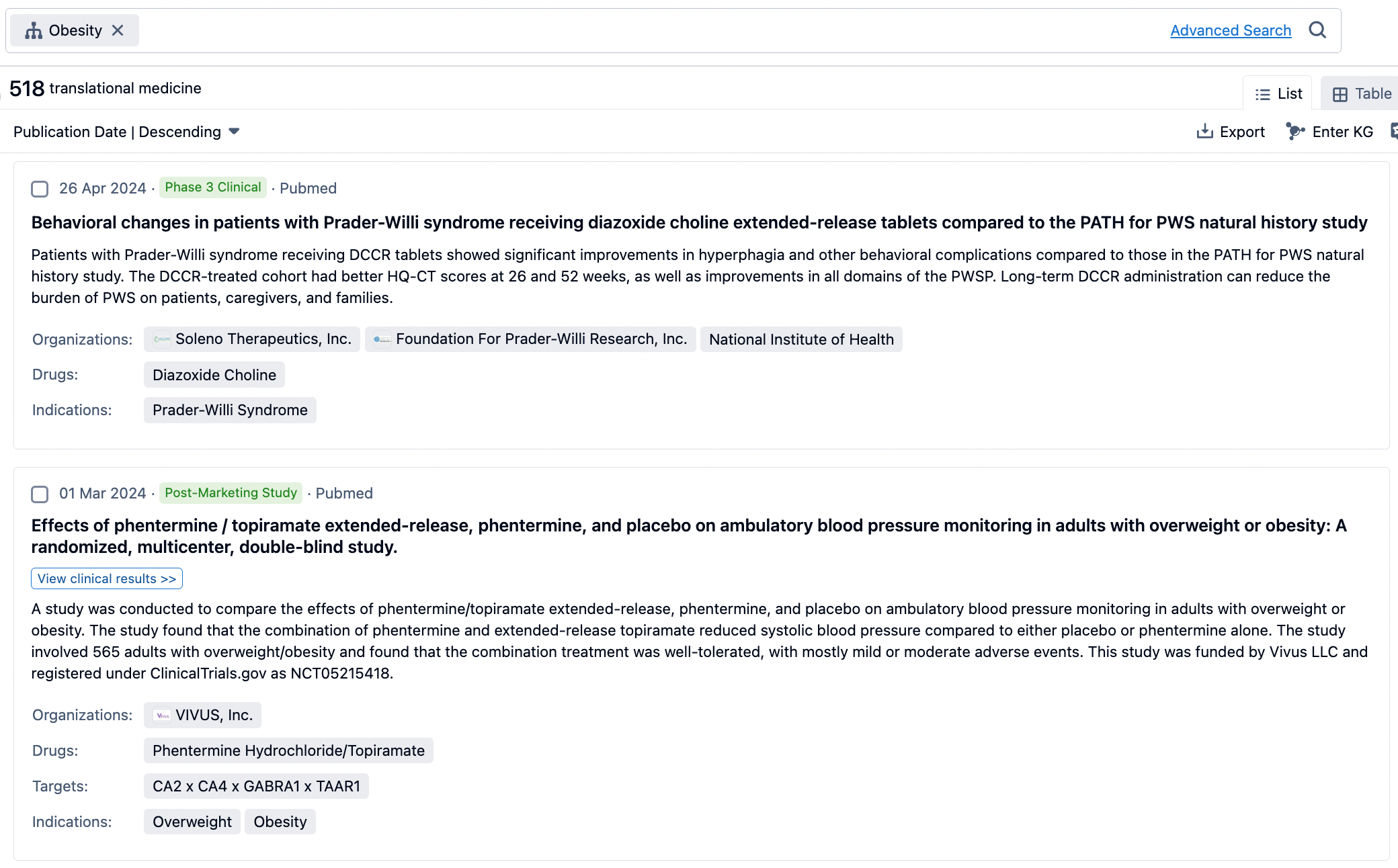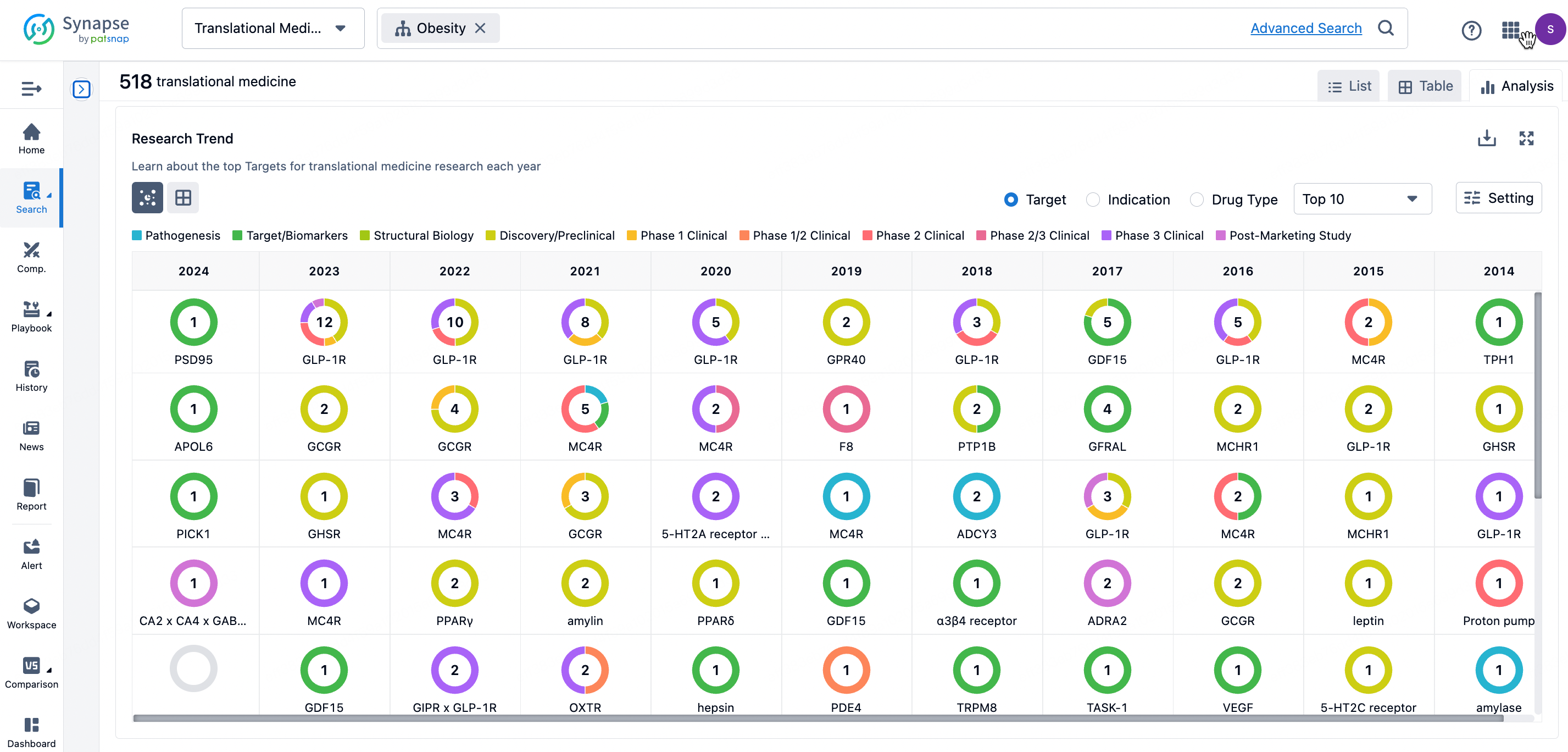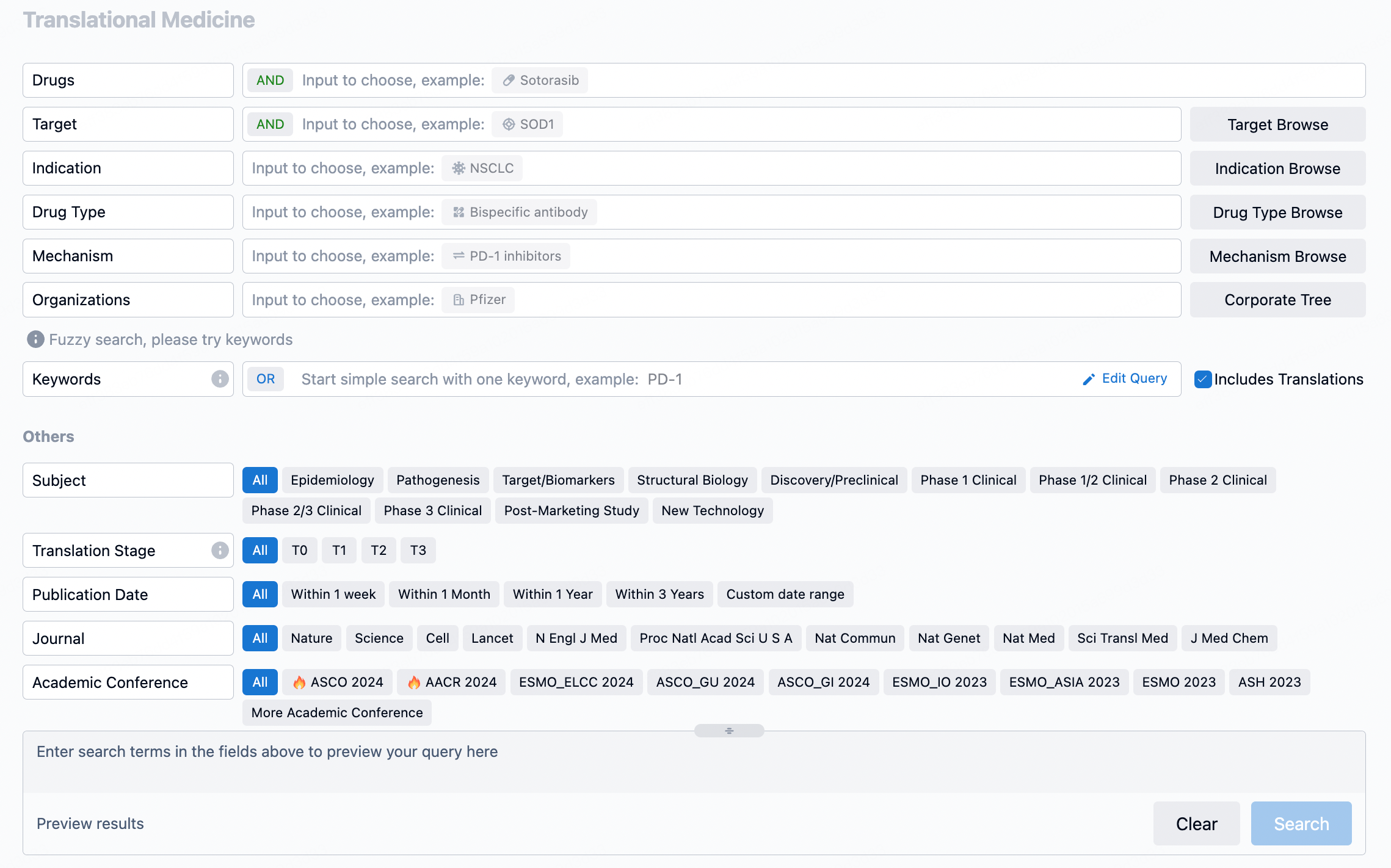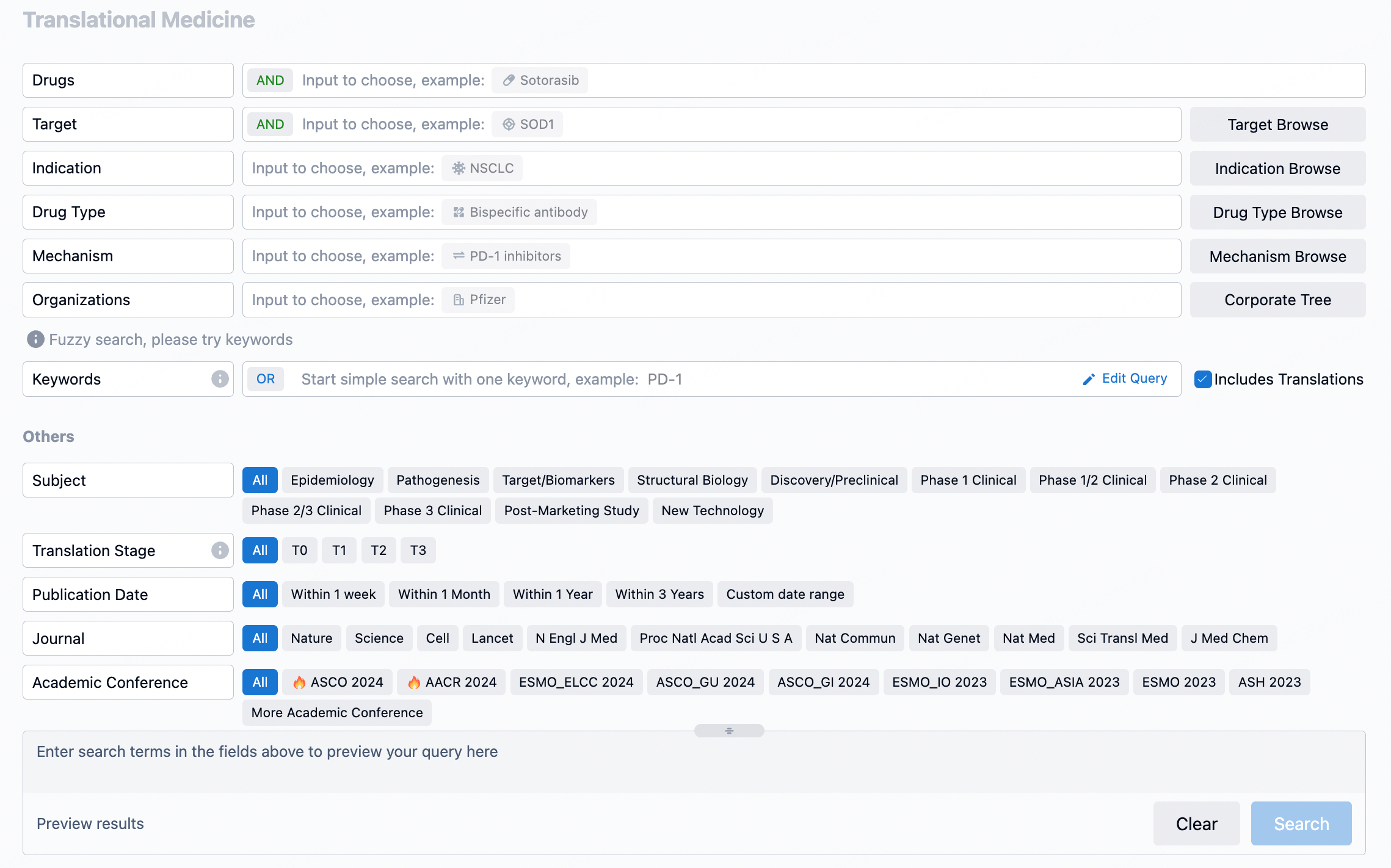Assessing the Potential of MNPR-202: A Non-Cardiotoxic Anthracycline Analog in the Treatment of Diffuse Large B Cell Lymphoma
Camsirubicin, a derivative of doxorubicin, has shown less cardiotoxicity in preclinical studies and clinical trials, without causing irreversible heart damage. MNPR-202, another analog of camsirubicin, has been modified to potentially overcome resistance to doxorubicin while retaining its non-cardiotoxic properties.
An in vitro study compared the effects of doxorubicin and MNPR-202 on eight DLBCL cell lines, assessing cell proliferation, apoptosis, and DNA damage. Both compounds showed similar impacts on cell growth and comparable IC50 values, but MNPR-202 was more effective at inducing apoptosis and causing DNA damage.
Further analysis of the activation of immune response pathways revealed that doxorubicin consistently induced the expression of genes related to the cGAS/STING and RIG-I pathways, whereas MNPR-202 did not.
A drug screen with nearly 200 compounds was also conducted to explore potential synergies with MNPR-202. Notably, the PLK1 inhibitor volasertib showed an antagonistic effect with doxorubicin but not as significantly with MNPR-202.
The study suggests that while doxorubicin and MNPR-202 have similar cytotoxic effects, they operate through different cellular mechanisms. MNPR-202 induces more DNA damage and apoptosis but less immune activation. The differences in drug synergies indicate that MNPR-202 could be advantageous in certain combination therapies. The results highlight the potential of MNPR-202 as a promising non-cardiotoxic anthracycline derivative for lymphoma treatment, warranting further investigation.
How to Use Synapse Database to Search and Analyze Translational Medicine Data?
The transational medicine section of the Synapse database supports searches based on fields such as drug, target, and indication, covering the T0-T3 stages of translation. Additionally, it offers a historical conference search function as well as filtering options, view modes, translation services, and highlights summaries, providing you with a unique search experience.
Taking obesity as an example, select "obesity" under the indication category and click search to enter the Translational Medicine results list page. By clicking on the title, you can directly navigate to the original page.

By clicking the analysis button, you can observe that GLP-1R treatment for obesity has gained significant attention over the past three years, with preclinical research still ongoing in 2023. Additionally, there are emerging potential targets, such as GDF15, among others.

Click on the image below to go directly to the Translational Medicine search interface.

